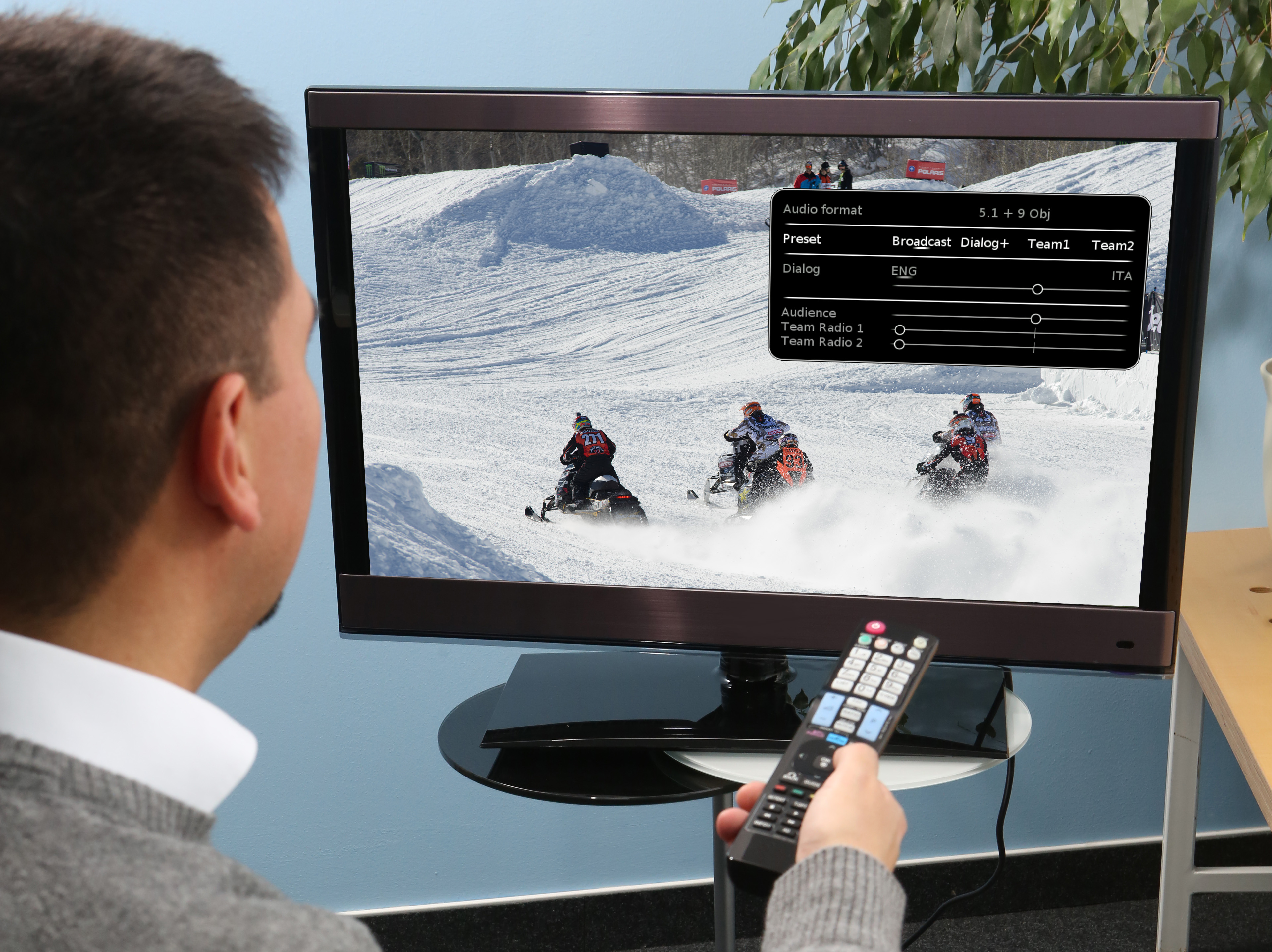What is your primary objective as a scientist and inventor?
It’s important to me that the things I do ultimately have an application – that they lead to a tangible product that actually gets used. No matter how great some papers might be and however exciting some problems are to address, none of them are worthwhile for me if they’re purely theoretical. For us at the Audio and Media Technologies Division, one possible model is licensing revenue, which helps you see that the technologies developed are actually being used.
You’re featured as one of our women power inventors. How many patents are you involved in?
I’m currently involved in nine patents – seven patents relating to MPEG-H and two relating to Cingo. When I started out at Fraunhofer, the development of MPEG-H 3D Audio was just getting off the ground. It was a huge opportunity – with significant development, and lots of patents being registered.
Is there a patent that you’re particularly proud of?
The MPEG-H system patent. It means a lot to me that patents were registered not only for the underlying algorithms but also for the overall MPEG-H 3D Audio system, which many colleagues were involved in and whose applications are the result of years of joint work and development.
What makes MPEG-H so special?
MPEG-H 3D Audio is a modern audio codec that enables not only stereo or multichannel transmission but also additional features. For example, audio objects and the loudness ratio between dialog and background noise can be adjusted individually by the user. The volume of objects on the playback side is automatically adapted to the user’s situation and listening environment. On top of that, there are also video and system levels. It’s a big, complete package – and one in which Fraunhofer IIS plays a major role.
What challenges did you face with MPEG-H?
One challenge was that other companies were also involved in the development of MPEG-H and were trying to register patents at the same time. For every idea, we therefore had to think carefully about whether we wanted to take on the cost and work involved in registering the patent, because there was always a risk that another company might have registered the same idea a day earlier – and, given it takes up to a year for the patent specification to be published, you only find out once you’ve already done the work.
What is your personal approach to things that aren’t working?
I try my best to achieve a specified goal. Other than that, feedback from colleagues is very important to me when it comes to deciding whether to turn my attention to a new question. In the case of MPEG-H, we had a clear task to perform and references that told us how the results should ultimately sound. That made our work much easier.
What does your working day look like, especially during the development phase?
Lots of programming – and, in the case of audio development, listening to the results, carrying out listening tests and evaluating their outcomes. At the moment, in relation to video, it also involves reading numerous papers and keeping up to date with the latest research.
Has the proportion of women changed over the years?
I think there are more women now. In my current team, for example, about a quarter of us are women. Women and girls are given more encouragement to go into research and to take up technical professions.
I’ve found that women consciously choose their own path in research and enjoy working in this stimulating environment. That being said, it’s difficult to combine a challenging professional life with family commitments, and I believe that the issue of how to balance work and family life deserves greater attention and understanding. Since I’ve had children, I’ve reduced my hours to 75%. This means I have less flexibility in terms of time. For example, I need to finish at fixed times and drive to the kindergarten – and, of course, that also affects my work. At the same time, I don’t have the feeling that I get much less done than before, but rather that I’m working more efficiently.
The interview was conducted by Lucas Westermann and Saskia McDonagh from the editorial team of Fraunhofer IIS Magazine
